7 Boy Scout Badges That Were Discontinued – Here’s Why
Merit badges have always been the heart of the Boy Scouts. They reflect the skills and knowledge considered important at the time. Unfortunately, some of these badges were discontinued, either because they became outdated, were replaced, or just faded into history.
In this article, we discuss a few retired merit badges and why you’ll never see them on a Scout’s sash again.
Invention (1911–1914)
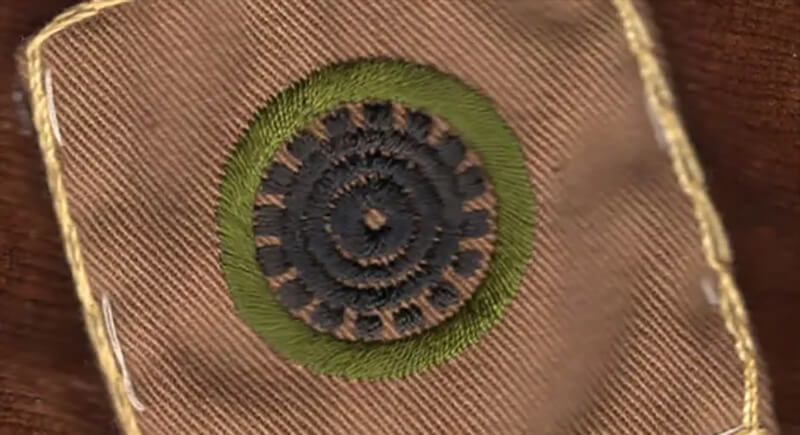
Credit: Aaron on Scouting
This badge expected Scouts to create something original and get it officially patented. It sounds cool in theory, but only ten Scouts ever achieved it. The process took too much time and didn’t work for most kids. It vanished after just three years and never returned.
Taxidermy (1911–1952)
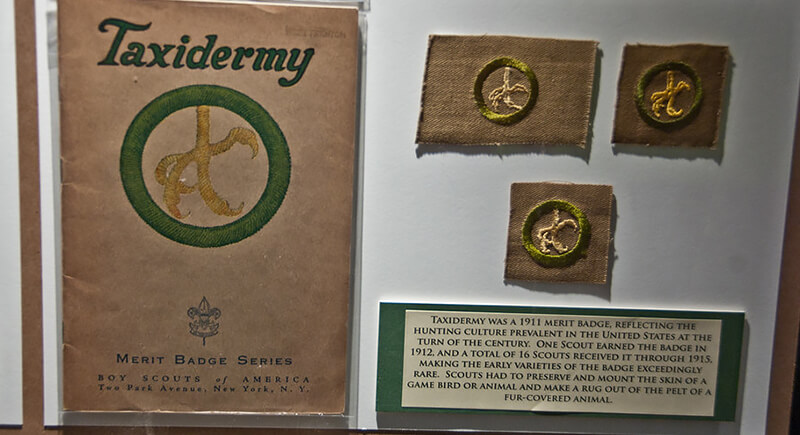
Credit: flickr
Yes, Scouts once earned a badge for stuffing dead animals. They had to prepare a bird or small mammal and mount it themselves. By the ’50s, public views on animal ethics had changed. Scouting moved toward conservation, and this badge didn’t fit anymore, so it was retired.
Pathfinding (1911–1952)
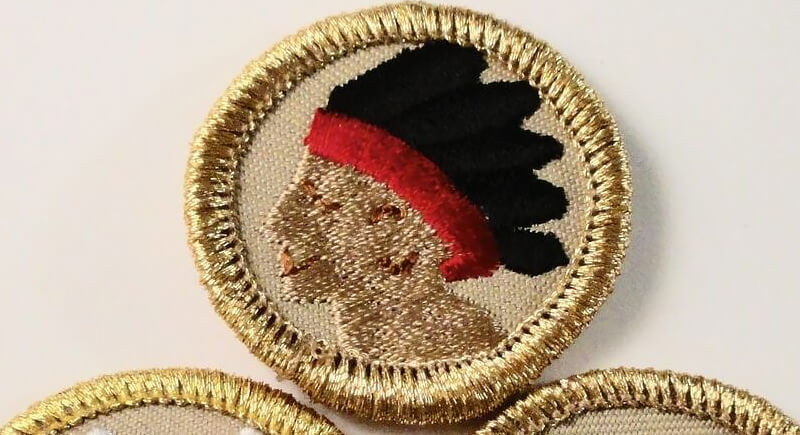
Credit: ebay
This badge asked Scouts to know their way around local farms, roads, and buildings. It made sense before digital maps or road signs were a thing. However, after World War II, urban sprawl and better navigation tools made this skill less essential.
Master-at-Arms (1911)
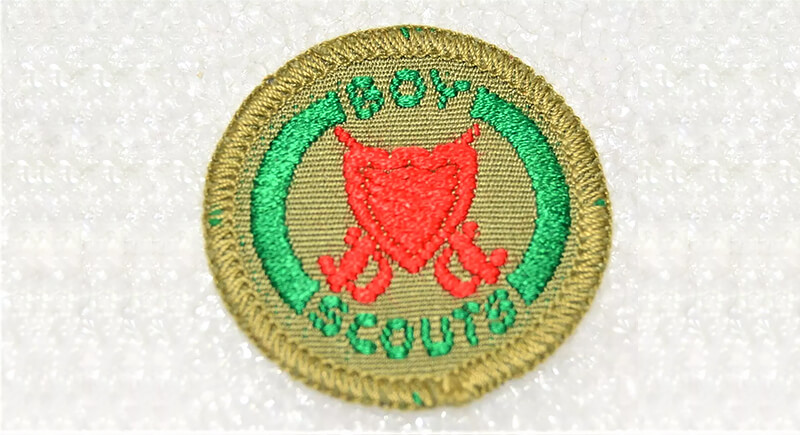
Credit: ebay
Back in the day, you could wrestle, box, and fence your way to a badge. The master-at-arms badge only lasted a few months before leaders pulled it. Safety concerns and a shift away from hand-to-hand combat made it feel outdated almost as soon as it launched.
Signaling (1911–1992)
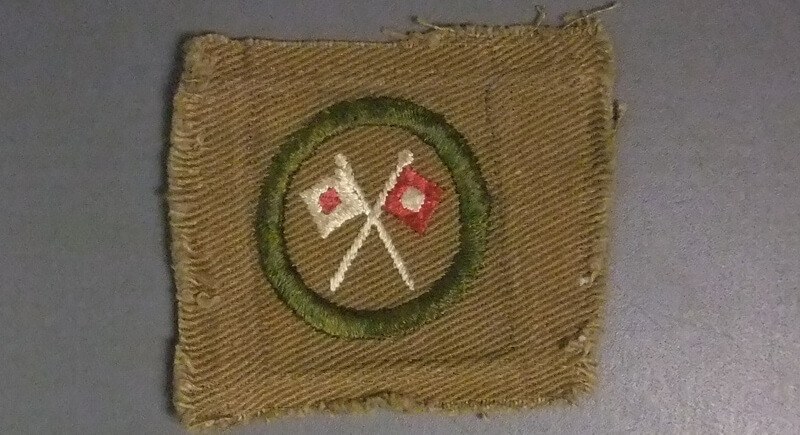
Credit: ebay
Scouts learned Morse code and used flags to send messages across distances. It was useful during wartime and emergencies. But when phones and radios took over, the badge lost steam. It held on longer than most but was finally replaced with modern alternatives in the early ’90s.
Dairying (1911–1975)
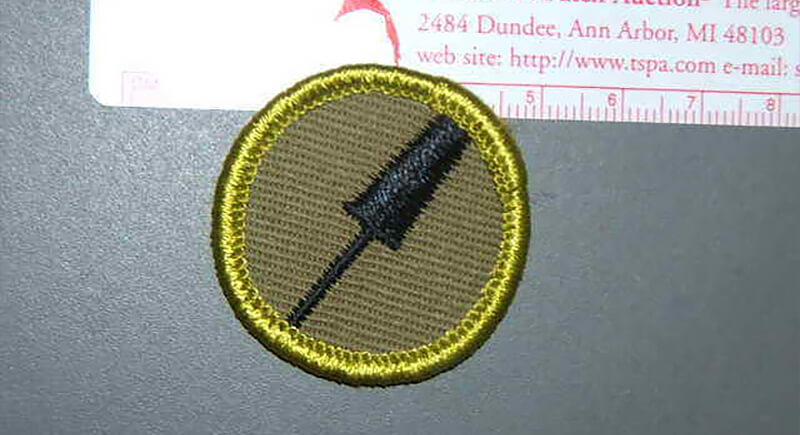
Credit: ebay
This badge required the ability to milk a cow, track production, and understand dairy sanitation. It served farm-based communities well. Most Scouts after the 60’s lived in cities or suburbs with fewer dairy farms nearby, so the badge stopped being practical.
Hog and Pork Production (1911–1958)

Credit: ebay
The hog and pork production badge disappeared by 1058, but while it existed, you could earn this one if you raised pigs or knew how to process pork. It reflected a time when agriculture was a major part of daily life.
Farm Home and Its Planning (1911–1959)
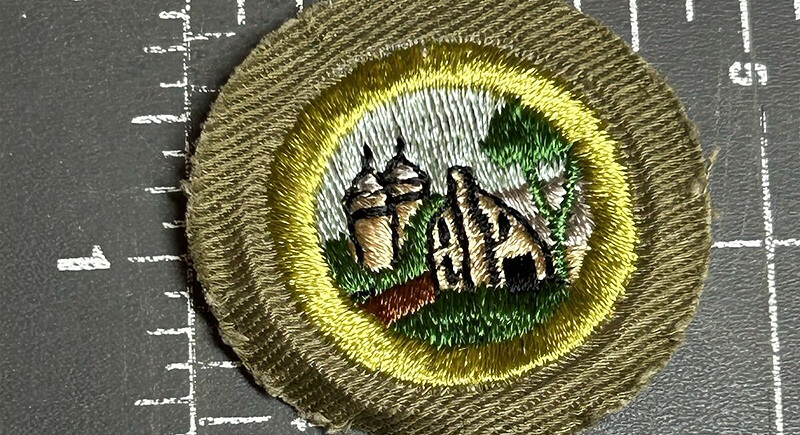
Credit: ebay
This badge taught Scouts how to manage a rural home, including everything from water systems to ventilation. That kind of knowledge mattered when most people lived on farms. But by the late ’50s, those skills weren’t as useful.
Interpreting (1911–1952)
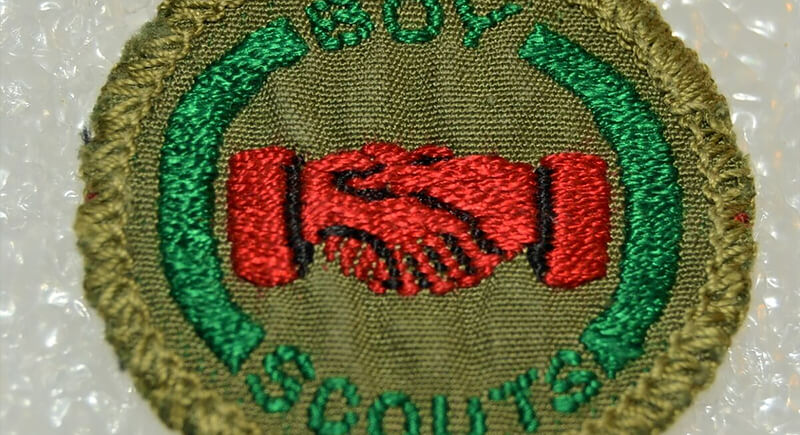
Credit: ebay
If you knew a second language between 1911 and 1952, you could earn the interpreting badge. It gave credit for helping others communicate. It encouraged cultural awareness, which was ahead of its time.
Blacksmithing (1911–1952)
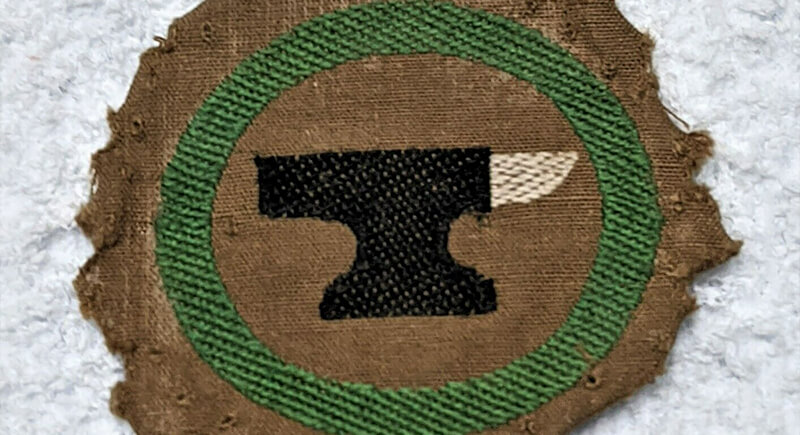
Credit: ebay
The blacksmithing badge trained Scouts to understand forge basics and work with hot iron. Blacksmithing was common in rural areas at the time. Very few Scouts had access to those tools, though, and the badge became hard to complete.
Stalking (1911–1952)
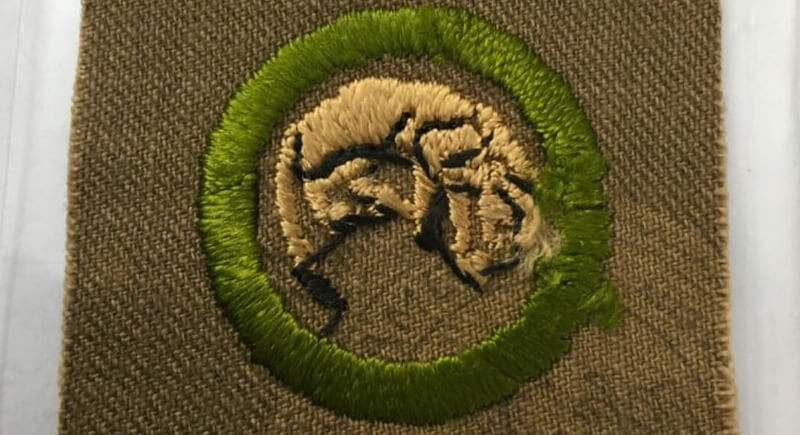
Credit: ebay
The name aged poorly, but this badge focused on nature tracking, not creepy behavior. Scouts learned how to move silently and observe animals in the wild. It was dropped in 1952 and briefly rebranded as “Tracking” in 2010.
Carpentry (1911–1952)
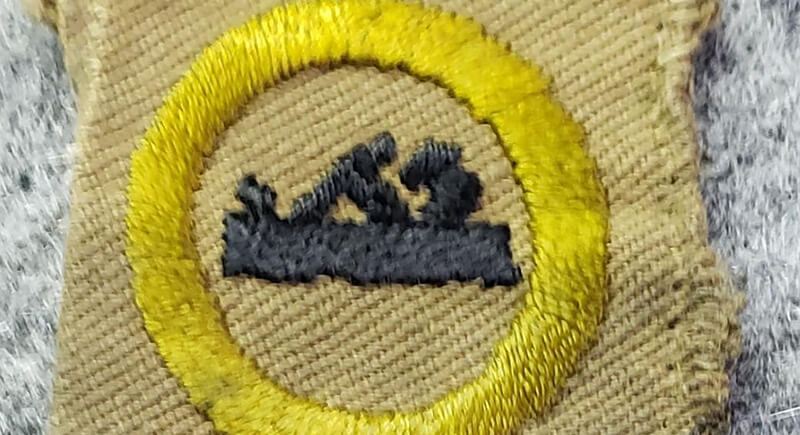
Credit: ebay
This badge taught basic woodworking: building things by hand with saws, hammers, and nails. It gave Scouts real-world trade skills. However, after power tools became common and shop classes took over in schools, the badge lost ground.
Medicine (1911–2021)
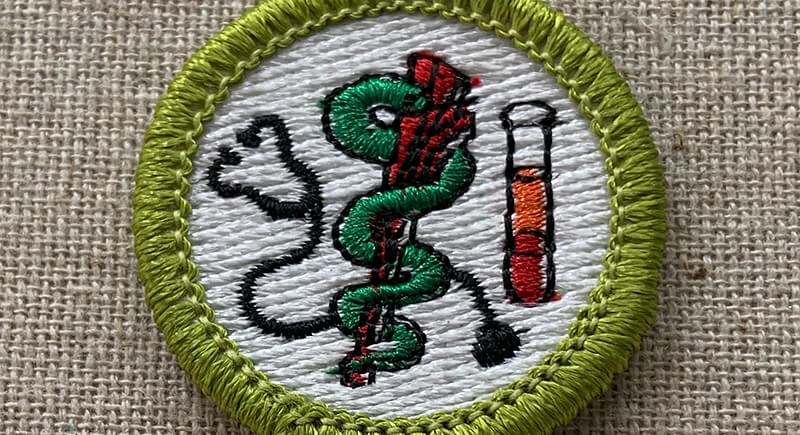
Credit: ebay
The badge introduced Scouts to medical careers and basic health knowledge. It worked well for decades. Modern healthcare jobs expanded, and the badge couldn’t keep up with all the changes. In 2021, it was replaced with a more modern option called Health Care Professions, which covers a wider range.
Foundry Practice (1911–1952)
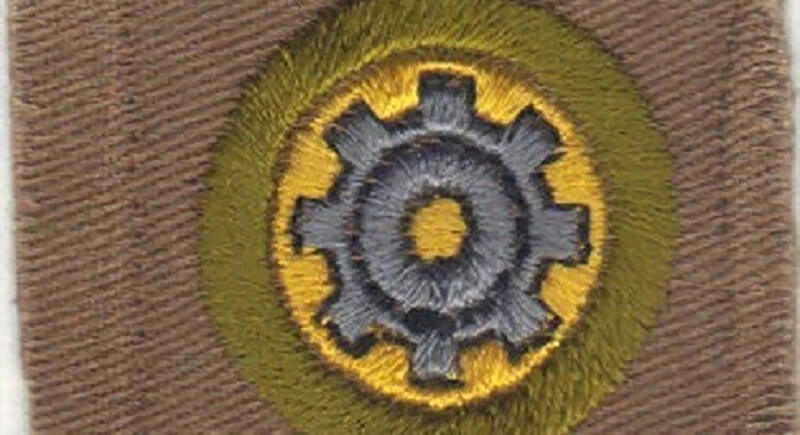
Credit: ebay
Pouring molten metal sounds like something out of a blacksmith movie, but the Scouts really did it. They learned about casting and molds. Over time, fewer foundries operated, and safety concerns grew. It became harder to teach safely.
Beekeeping (1956–1995)
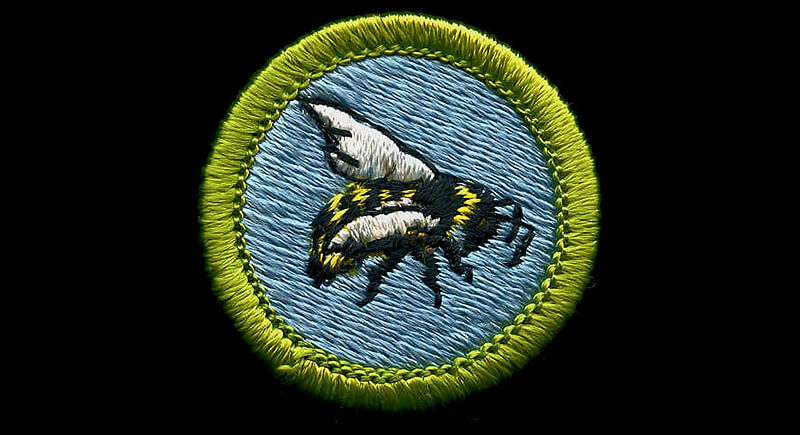
Credit: flickr
This badge gave Scouts a hands-on look at hive care and honey production. It started strong but ran into issues over time. Interest dropped, and not many adults had the skills to teach it. The badge ended in 1995, though parts of it now live on in other science badges.
Poultry Farming (1911–1975)
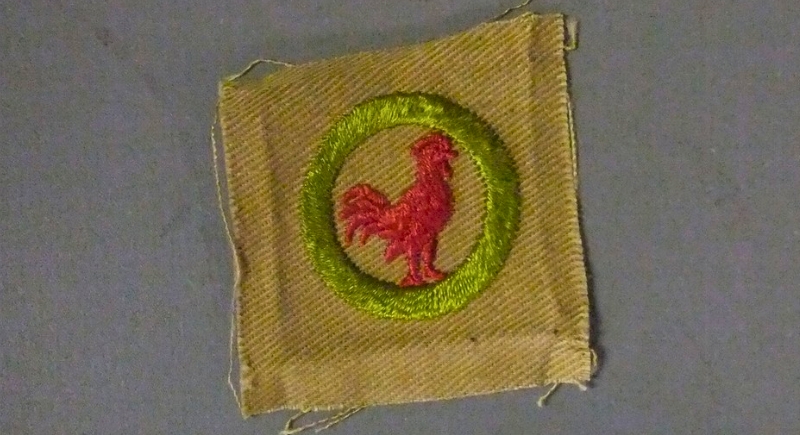
Credit: ebay
The Poultry Farming merit badge was among the original 57 merit badges the Boy Scouts of America offered. It aimed to teach Scouts about feeding, housing, and disease prevention for chickens and other fowl, especially in rural communities. However, shifts in agriculture and urbanization led to its discontinuation in 1974 and its merger into the broader Animal Science badge the following year.
Seamanship (1911–1952)
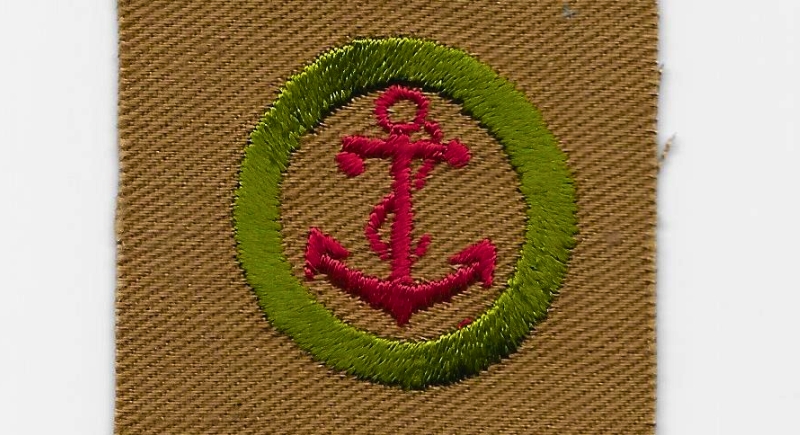
Credit: ebay
Back when rivers and lakes were key routes for travel and trade, the Boy Scouts launched the Seamanship badge in 1911. It taught Scouts how to handle boats, tie nautical knots, and navigate waterways. But by 1952, with highways booming and Sea Scouts offering more advanced training, the badge felt like a rowboat in a motorboat world and was discontinued.